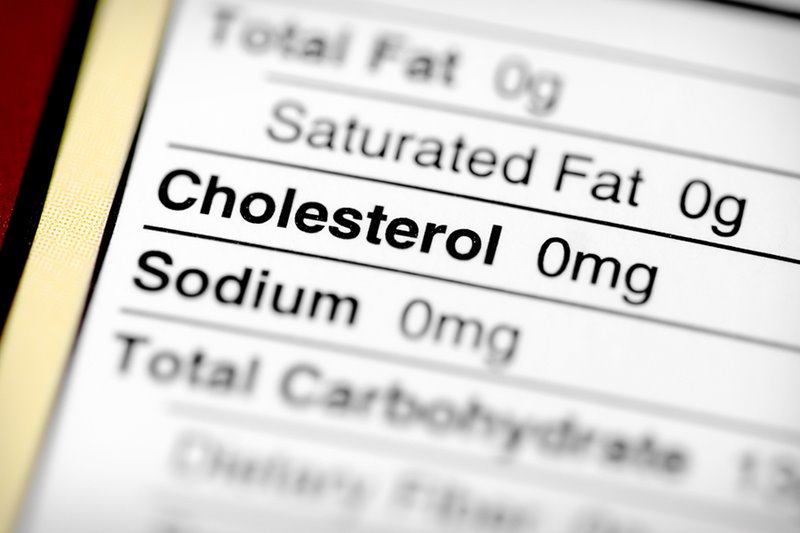
Many Canadians use the nutrition label to find out about the amount of calories or nutrients found in a certain food. The nutrition label has plenty of information to help you make healthy choices at the grocery store. The nutrition label includes the Nutrition Facts table, the ingredient list, health claims and nutrient content claims. Health claims and nutrient content claims are two tools found on pre-packaged foods that can help you make healthy choices.
What is a health claim?
A health claim is a statement about a food and what it could do for your health when eaten as part of a healthy diet. Foods that have health claims may help lower the risk of certain diseases like cancer, heart disease, stroke and osteoporosis. Choosing foods with health claims may help you lower your risk of these diseases when used as part of an overall healthy and well-balanced diet.
Below are examples of health claims you may find on some foods:
-
A healthy diet rich in vegetables and fruit may help reduce the risk of some types of cancer.
-
A healthy diet low in saturated and trans fat may reduce the risk of heart disease.
-
A healthy diet containing foods low in sodium and high in potassium may reduce the risk of high blood pressure, a risk factor for stroke and heart disease.
-
A healthy diet with adequate calcium and vitamin D and regular physical activity helps to achieve strong bones and may reduce the risk of osteoporosis.
-
Plant sterols help lower cholesterol.
All foods with health claims must meet certain criteria set by Health Canada. This ensures that all health claims are true and accurate. Some foods may not have a health claim even though they may meet the criteria. This may be because they are not pre-packaged such as fresh fruit and vegetables. This may also be because some food companies decide not to use health claims. That is why it is important to also read the Nutrition Facts Table and follow Canada’s Food Guide to help you make the best decisions about which foods to buy.
What is a nutrient content claim?
A nutrient content claim is different than a health claim. A nutrient content claim is a statement about the amount of a nutrient found in a food. Nutrient content claims help you to consume more or less of a certain nutrient. They must be true and accurate just like health claims. Choosing foods with nutrient content claims will help you get more of certain nutrients like calcium and fibre and less of other nutrients like sodium and sugar.
Below are some examples of nutrient content claims and what they mean:
|
Nutrient content claim
|
What it means
|
|
Fat-free
|
The food must have less than 0.5 grams of fat per serving
|
|
Low sodium
|
The food must have less than 140 milligrams of sodium per serving
|
|
Reduced calories
|
The food must have 25% fewer calories per serving than the food it is being compared to
|
|
No added sugar
|
The food must not have any added sugar
Note: Natural sugars may be present in the food
|
|
Contains omega-3 fats
|
The food must have at least 0.3 grams of omega-3 fats per serving
|
|
Good source of calcium
|
The food must have at least 15% of the recommended daily intake of calcium
|
|
High source of fibre
|
The food must have at least 4 grams of fibre per serving
|
|
Lean
|
The portion of meat or poultry contains 10% fat or less
|
For a complete list of all the nutrient content claims, visit Health Canada.
Where are health and nutrient content claims found?
Check the packaging of foods in the grocery store to find health claims and nutrient content claims. They are usually found on the front of food packaging.
How are health and nutrient content claims regulated?
The Canadian Food Inspection Agency regulates health and nutrient content claims to make sure that all food companies use them accurately.
The bottom line
Health claims and nutrient content claims should be used in combination with the Nutrition Facts Table and ingredient list. They are additional tools to make it easier to choose healthy foods at the grocery store.
Be sure to look for foods that are part of Canada’s Food Guide as the first step in making healthy eating choices.
Last Update – January 29, 2019